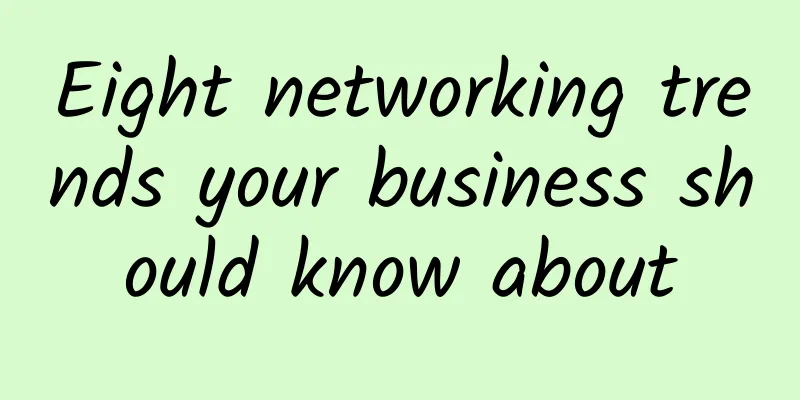Enterprise IoT threatens to undermine cloud and IT security

|
We had so much trouble getting security back to normal and now we've screwed it up with a new thermostat and copy machine which makes all the security measures worthless. The Internet of Things is ubiquitous in your personal life. But the technology is making its way into Global 2000 companies. Yet, most of the Global 2000 companies are unaware that their adoption of the Internet of Things poses risks to IT and cloud security. How does this happen? Well, as thermostats and sensors in a building's HVAC system fail, for example, smart devices that process information on the devices often replace them. These new IoT sensor devices are often self-contained computers, many with their own operating systems and internal data storage. IT is largely unaware of their presence in the company, and they are placed on the company's network without IT's knowledge.
In addition to the devices IT doesn't know about, there are also devices IT knows about that are equally risky. Upgraded printers, copiers, Wi-Fi hubs, factory robots are far more sophisticated and capable than previous systems, but they also have the potential to turn against you -- including attacking cloud-based systems, where your data resides. Worse, many of these IoT devices are easily hackable, so they can easily serve as proxies for stealing network data and passwords, or even breaking into cloud-based systems, which may not have security systems in place to take access from inside a company’s firewall into account. And don't let price be a proxy for security level: I've found that the more specialized and expensive the devices are, the less secure they are. This is going to be a big problem in 2018 and 2019. A lot of companies are getting hammered before they take corrective action. The corrective action for this is obvious: if an IoT device (whatever it is) does not provide the same level of security as your public cloud provider, or has security systems enabled that you trust, then you should not use that device. Most IoT companies are improving their security and even supporting managed security in some public clouds. However, such secure IoT devices are always slow to arrive, so most companies deploy what is available on the market: IoT devices without a proper security system bundled with them. Sadly, I suspect IoT security will mostly be playing the mole game for the next few years as these things regularly show up on enterprise networks. This is really too bad. We had so much trouble getting security back to normal and now we've screwed it up with the new thermostat and copy machine which makes all the security measures worthless. |
<<: Interpretation of this article: A complete list of interfaces commonly used by engineers
>>: In simple terms, what exactly is blockchain?
Recommend
Within 60 days, a computer room caught fire and the four major cloud giants went offline. How can operations and maintenance avoid downtime?
The day before yesterday morning, Tencent's c...
The Ministry of Industry and Information Technology has made it clear that the SA function will be turned on by default for new 5G mobile phones
5G mobile phones are divided into NSA and SA dual...
Actual measurement: What is the relationship between the router antenna direction and Wi-Fi signal?
Recently, I saw a discussion on the Tieba forum a...
CheapWindowsVPS: $9/month KVM-4GB memory, 50G SSD hard disk, 1Gbps unlimited traffic, 9 computer rooms
CheapWindowsVPS is a foreign hosting company esta...
Is 5G not the only option for the Internet of Things?
While the Internet of Things has the potential to...
How to configure basic IPv6 addresses? Learn in one minute
1. Understanding IPv6 IPv6 increases the address ...
Efficiently build vivo enterprise-level network traffic analysis system
1. Overview With the rapid development of network...
Mobile phones go to the left, the Internet of Things goes to the right, where is the future of eSIM?
The much-anticipated eSIM has made new progress! ...
The evolution of the Internet, the inevitability of blockchain
In the article "Bitcoin Prequel", it is...
The Ice and Fire of IT Infrastructure! Do you understand the 6 hot trends and 5 unpopular trends?
The COVID-19 pandemic has put tremendous pressure...
Stop coding manually! Found this amazing tool that generates K8S YAML in one click!
In daily K8S operation and maintenance work, we u...
#Has run away#Limewave: $20/year-AMD Ryzen 5950X/1GB/10G SSD/1TB/Seattle
【Attention】This merchant has run away!!! Limewave...
Byte side: TCP three-way handshake, very detailed questions!
Hello everyone, I am Xiaolin. A reader was asked ...
Ministry of Industry and Information Technology: The Chinese government is resolute in protecting personal information
[[384493]] Yesterday morning, the State Council I...
Why does TCP use the "three-way handshake" to establish a connection? An example will teach you
First of all, why is it a three-way handshake? Af...
![[6.18] OneTechCloud: VPS 30% off monthly payment starting from 19 yuan, Hong Kong CN2/CMI large bandwidth/US CN2 GIA/high defense optional](/upload/images/67cabe9645d50.webp)








